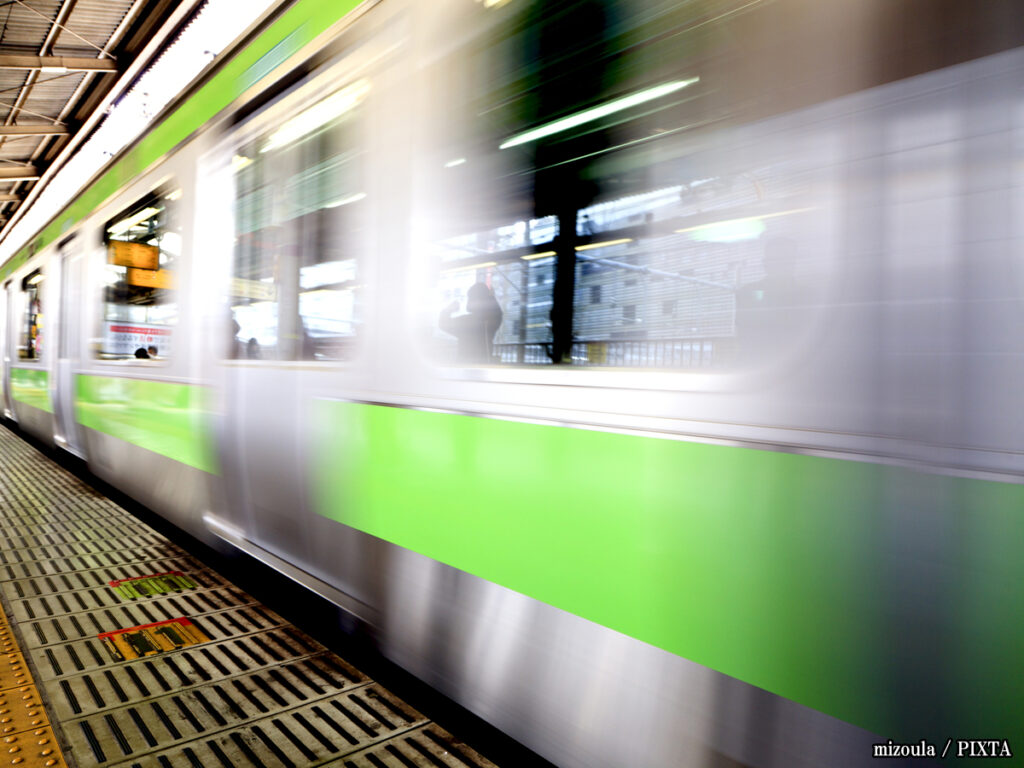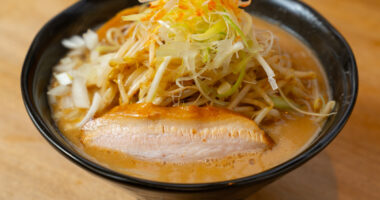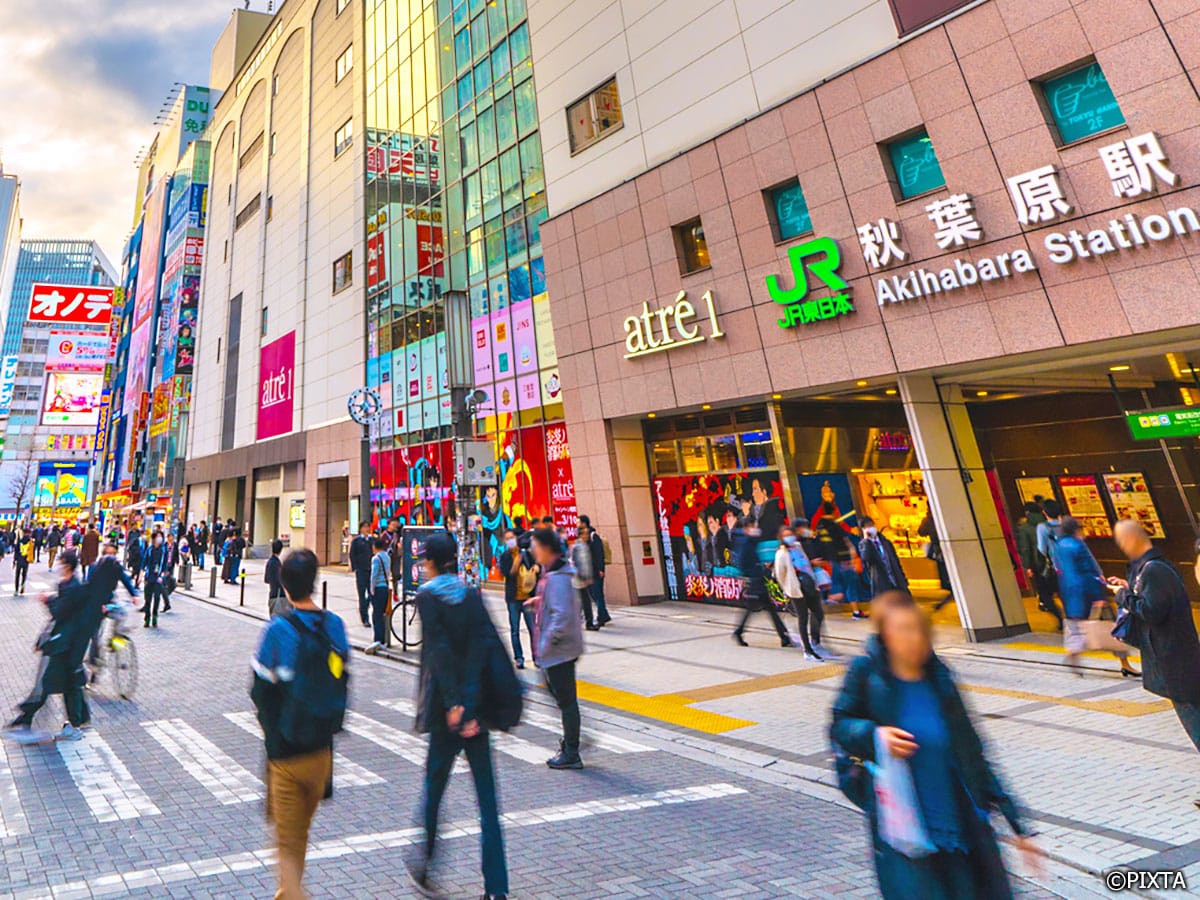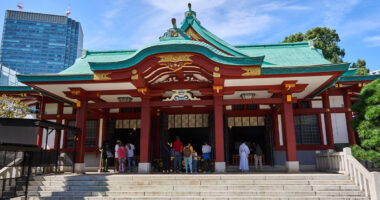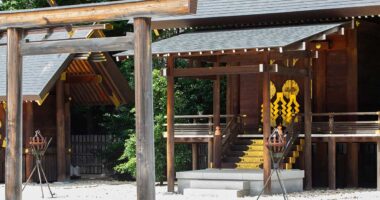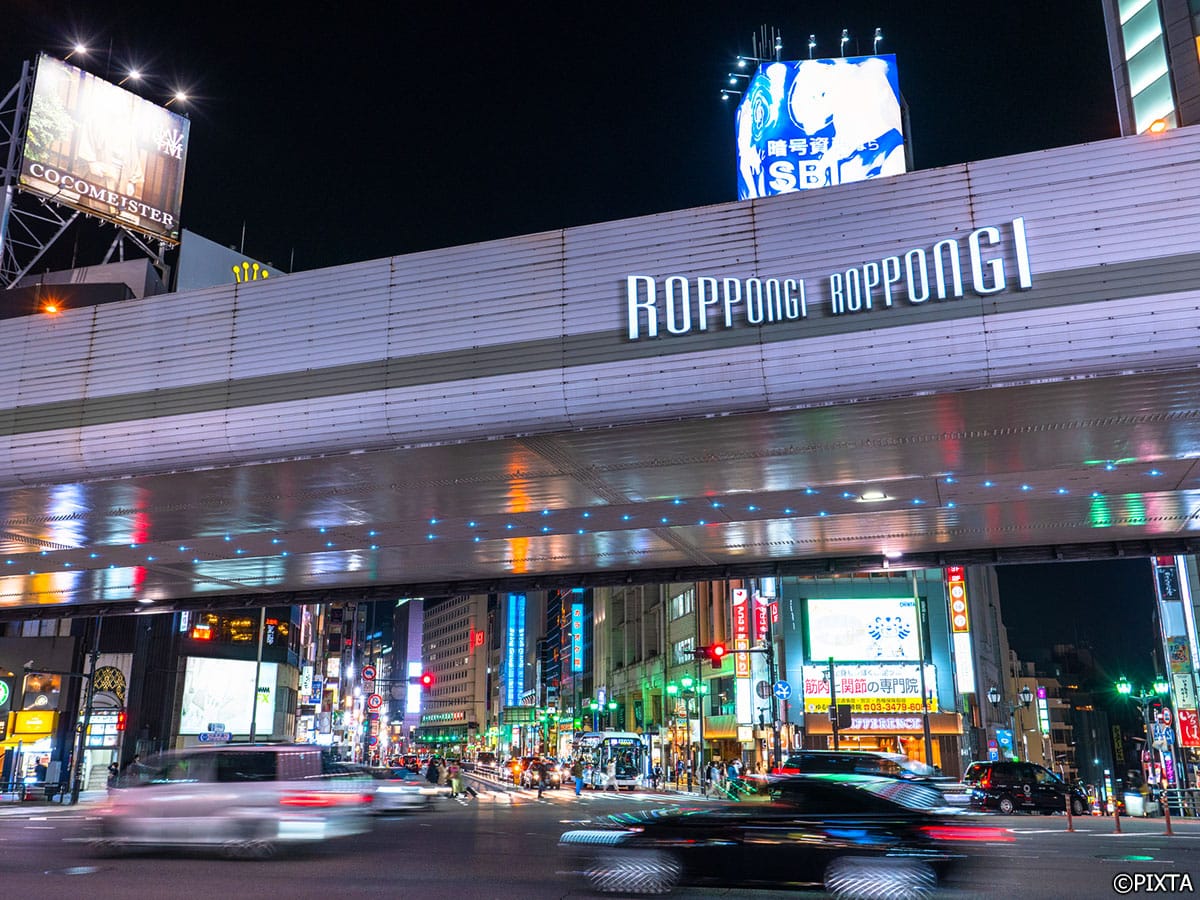- Navigating Tokyo’s core: a look at the Yamanote Line
- The history of the Yamanote Line: Tokyo's iconic circular railway
- Why is the Yamanote Line Tokyo’s famous train loop?
- Tokyo's top destinations
- Yamanote Line timetable and frequency
- The Yamanote Line and more: unlocking Tokyo’s train network
- How to Buy Tickets for the Yamanote Line?
- Tips for riding the Yamanote Line like a local
- The Yamanote Line’s role in Tokyo’s social fabric
- Experiencing Tokyo through the Yamanote Line
- Final thoughts
Picture this! Tokyo is a vast city where tradition and modernity come together in an exciting blend. In the heart of this city beats the Yamanote Line—a pulsating lifeline that connects the past, present, and future of Japan’s capital. Like the rings of a clock, the Yamanote Line traces a circular path around Tokyo, stopping at key locations that define the city’s rhythm.
Winding through the heart of Tokyo, the Yamanote Line is more than just a railway—it’s a lifeline that seamlessly connects the city’s history, culture, and daily energy.
So, hop on, and let’s explore what makes this iconic train route the heart and soul of Tokyo’s transport system!
Navigating Tokyo’s core: a look at the Yamanote Line
Tokyo is famous for its efficient and extensive train network, but if there’s one line that stands out as truly iconic, it’s the Yamanote Line. This circular railway connects many of the city’s most important districts, making it an essential part of daily life for commuters and an invaluable tool for tourists. Whether you’re heading to Shinjuku, Shibuya, Ueno, or Akihabara, the Yamanote Line is often the fastest and most convenient option.
Running in a loop around central Tokyo, the Yamanote Line serves 30 stations and links key business, shopping, and entertainment areas. Unlike other subway or train routes that stretch across regions, the Yamanote Line makes navigation easier for visitors since it always returns to the same starting point, regardless of the direction taken. If you’re planning to explore Tokyo, understanding this rail line will make your journey smoother and stress-free.
The history of the Yamanote Line: Tokyo’s iconic circular railway
The Yamanote Line has played a crucial role in Tokyo’s urban development since its inception. Operated by the East Japan Railway Company, JR East, it was first established in 1885 as a connection between Shinagawa and Akabane. Over time, the line was extended and transformed into the circular route we know today, fully completed in 1925.
Throughout its history, the Yamanote Line has been the backbone of Tokyo’s public transportation system, evolving alongside the city’s rapid modernization. It has seen the introduction of new train models, technological advancements, like automated station announcements, and an increase in train frequency to accommodate the ever-growing population. Today, the Yamanote Line is more than just a train route—it’s a cultural symbol of Tokyo’s efficiency and connectivity.
Why is the Yamanote Line Tokyo’s famous train loop?
Tokyo’s Yamanote Line is the ultimate guide rail for exploring the city’s top destinations. This circular route connects some of the most vibrant and culturally rich neighborhoods, making it a must-use for travelers. One of the Yamanote Line’s biggest appeals is its accessibility to Tokyo’s major attractions. Unlike standard railways that require complex transfers, the Yamanote Line conveniently connects many must-visit locations.
Tokyo’s top destinations
Following are the key stops on the Yamanote Line:
- Shinjuku
- Shibuya
- Harajuku
- Ueno
- Akihabara
- Tokyo Station
Since the Yamanote Line runs in a complete loop, visitors don’t have to worry about missing their stop—if you do, you can simply wait until the train circles back to your destination. This reliability makes it ideal for first-time visitors who may find Tokyo’s transit system overwhelming.
Yamanote Line timetable and frequency
A key advantage of the Yamanote Line is its efficiency. Trains arrive every 2.5 to 4 minutes during peak hours, which ensures minimal wait times. Even outside rush hours, the frequency remains high, with trains coming every 5 to 6 minutes.
Operating hours typically run from 4:30 AM to around 1:00 AM. This timing allows commuters and travelers to move around Tokyo conveniently throughout the day.
Here’s a general idea of how long it takes to travel between major stops:
| Route | Travel Time |
|---|---|
| Shinjuku to Shibuya | 7 minutes |
| Shibuya to Tokyo Station | 22 minutes |
| Ueno to Akihabara | 4 minutes |
| Shinjuku to Ueno | 25 minutes |
The Yamanote Line and more: unlocking Tokyo’s train network
The Yamanote Line itself is a loop line, but it connects with many other train networks throughout Tokyo, making it the backbone of Tokyo’s public transportation.
Here are some key train networks that intersect with the Yamanote Line:
| Category | Line | Key Connections |
|---|---|---|
| JR Lines | Chuo Line (Rapid) | Tokyo Station to Shinjuku and beyond |
| Keihin-Tohoku Line | Runs parallel to Yamanote Line in some sections, connects Saitama to Yokohama | |
| Sobu Line | Links eastern and western Tokyo, including stops like Akihabara and Chiba | |
| Tokyo Metro (Subway) | Ginza Line | Connects key sightseeing spots, like Shibuya to Asakusa |
| Marunouchi Line | Links Tokyo Station with major districts | |
| Private Railways | Odakyu Line (from Shinjuku) | Goes to Hakone and other suburban areas |
| Tokyu Lines (from Shibuya) | Connect western Tokyo to Yokohama | |
| Keio and Seibu Lines | Serve western Tokyo neighborhoods |
Apart from these lines, the Shinkansen (bullet train), not part of the Yamanote Line, operates on several high-speed rail lines across Japan. The Shinkansen lines that depart from Tokyo Station include:
| Shinkansen Line | Main Destinations |
|---|---|
| Tokaido Shinkansen | Kyoto, Osaka, Nagoya (Aichi Pref.) |
| Tohoku Shinkansen | Sendai (Miyagi Pref.), Morioka (Iwate Pref.), Shin-Aomori (Aomori Pref.) |
| Joetsu Shinkansen | Niigata |
| Hokuriku Shinkansen | Kanazawa (Ishikawa Pref.) |
| Yamagata Shinkansen | Yamagata |
| Akita Shinkansen | Akita |
While JR, Tokyo Metro, and private railways focus on local and regional transport, the Shinkansen is designed for fast, intercity travel across Japan.
How to Buy Tickets for the Yamanote Line?
Buying a ticket for the Yamanote Line is straightforward, with multiple options depending on your needs:
Single-Use Tickets
For travelers who don’t plan on using trains frequently, single-use tickets can be purchased from vending machines at each station. Simply select your destination, then pay the fare. The fare usually ranges from 140 to 300 JPY for most stops on the Yamanote Line. Once you’re done paying the fare, collect your ticket.
IC cards (Suica and Pasmo)
IC cards are rechargeable smart cards that make traveling on Tokyo’s train network seamless. Instead of buying tickets every time, passengers can tap their Suica or PASMO card at the gates. These cards can be used on buses, convenience stores, and vending machines as well. They are available at station ticket machines and require an initial deposit of 500 JPY.
Japan Rail Pass (JR Pass)
If you’re visiting Japan and plan to travel across multiple cities, the JR Pass offers unlimited rides on JR-operated trains, including the Yamanote Line. While the pass is more cost-effective for long-distance travel, it can still be useful for Tokyo visitors who want to hop on and off the Yamanote Line without worrying about individual ticket costs.
Mobile tickets and QR code entry
JR East has also introduced mobile ticketing options, where travelers can purchase digital tickets via apps and scan QR codes for entry. This feature is gradually being expanded across stations for added convenience. Thus, with mobile tickets and QR code entry, passengers can skip the traditional paper tickets and long queues, making the journey quicker, convenient, and more efficient.
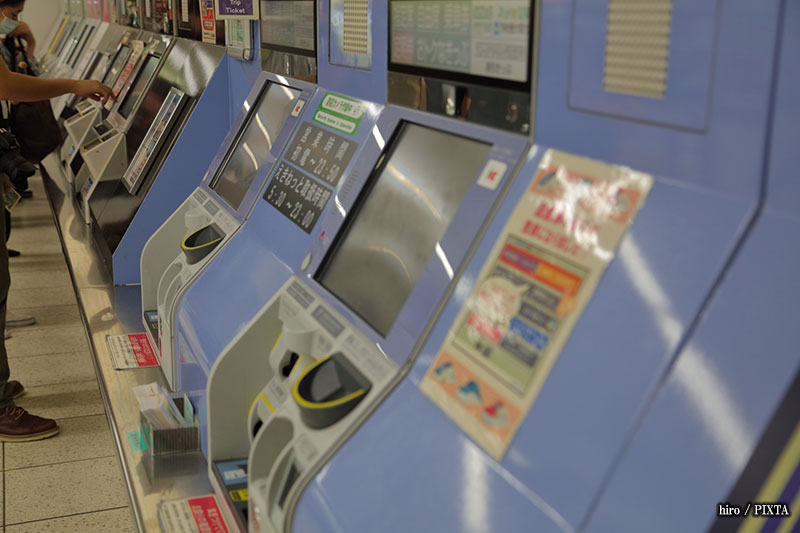
Photo for illustrative purposes
Tips for riding the Yamanote Line like a local
Tokyo is all about unspoken etiquette. To avoid awkward moments and travel like a local, make sure you follow a few key tips.
Avoid rush hours
The Yamanote Line gets extremely crowded between 7:30 AM and 9:30 AM and again from 5:00 PM to 7:00 PM on weekdays.
Stand on the left
When using escalators at train stations, Tokyo’s etiquette is to stand on the left and walk on the right.
Use the priority seats wisely
If you’re not someone the seat is designated for—such as an elderly person, a pregnant woman, someone with a disability, or a parent or guardian traveling with an infant—leave it open whenever possible, or be ready to offer it if someone in need boards.
Mind the train doors
During peak hours, train doors can close quickly, so be prepared to board or exit promptly.
Stay quiet
Talking on the phone inside trains is discouraged to maintain a peaceful travel environment.
Refrain from eating and drinking
Eating and drinking on the train is not considered very good (drinking water is not a problem).
So, if you’re planning your trip and want to avoid the hassle of feeling out of place, take these tips to heart! With just a little effort, you’ll ride the Yamanote Line like a pro and make the most of your Tokyo adventure. By keeping these small cultural nuances in mind, you’ll not only blend in smoothly but also ensure a more enjoyable and relaxed ride!
The Yamanote Line’s role in Tokyo’s social fabric
Beyond its transportation benefits, the Yamanote Line plays a significant role in shaping the social dynamics of Tokyo. As the line serves a variety of neighborhoods, each with its distinct culture and atmosphere, the Yamanote Line fosters diversity and inclusivity. People from different walks of life—business professionals, students, tourists, and more—can all be seen riding the Yamanote Line daily, creating a melting pot of individuals that reflect the very essence of Tokyo’s cosmopolitan identity.
For instance, Shibuya, a major hub of activity on the Yamanote Line, is renowned for its vibrant youth culture, fashion, and nightlife, while Ueno is a cultural epicenter with museums and a tranquil park that attracts families and art enthusiasts. The contrast between these stations, all interconnected by the Yamanote Line, mirrors the diverse fabric of Tokyo and contributes to the dynamic and ever-evolving nature of the city.
Experiencing Tokyo through the Yamanote Line
If you’re a visitor to Tokyo, the Yamanote Line offers a unique way to experience the city’s vibrant and diverse culture. It’s not just a means of transportation but also a window into the pulse of Tokyo itself. Each stop along the Yamanote Line offers a new world to explore.
Shinjuku
Shinjuku, the busiest train station in the world, isn’t just a business hub; it’s also home to bustling entertainment districts, skyscrapers, and serene gardens. It is also one of Tokyo’s top shopping destinations, offering everything from luxury brands to budget-friendly finds. Shinjuku is one of Tokyo’s most exciting and dynamic areas, where modernity meets tradition.
Shibuya
Shibuya is where the latest fashion trends collide with an electric nightlife, and the iconic Shibuya Crossing provides one of the busiest pedestrian intersections in the world, offering a fascinating glimpse into Tokyo’s fast-paced urban life.
Shibuya is where the latest fashion trends collide with an electric nightlife, and “Which is the Most Photogenic Tourist Spot? Shibuya vs. Odaiba” explores its iconic landmarks and attractions, offering a fascinating glimpse into Tokyo’s fast-paced urban life.
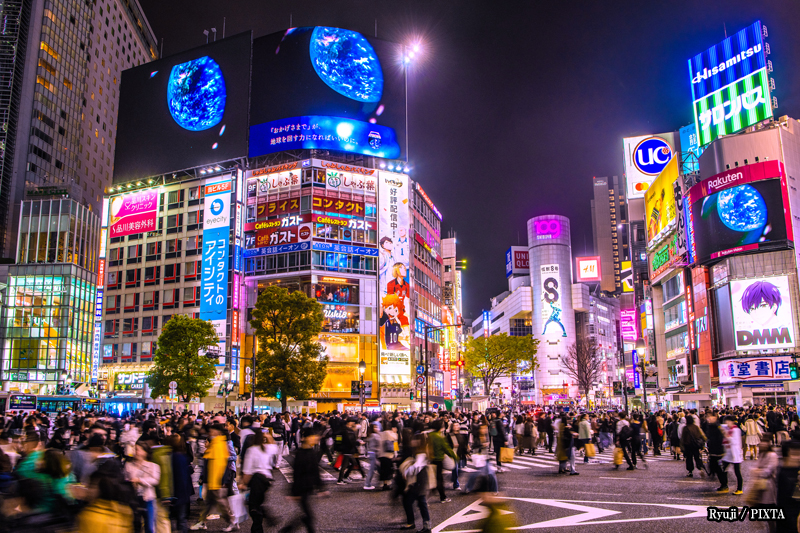
Photo for illustrative purposes
Akihabara
Akihabara is a paradise for technology and pop culture lovers, especially fans of anime, manga, gaming, and electronics. The area has transformed into an international center for Japan’s digital culture.
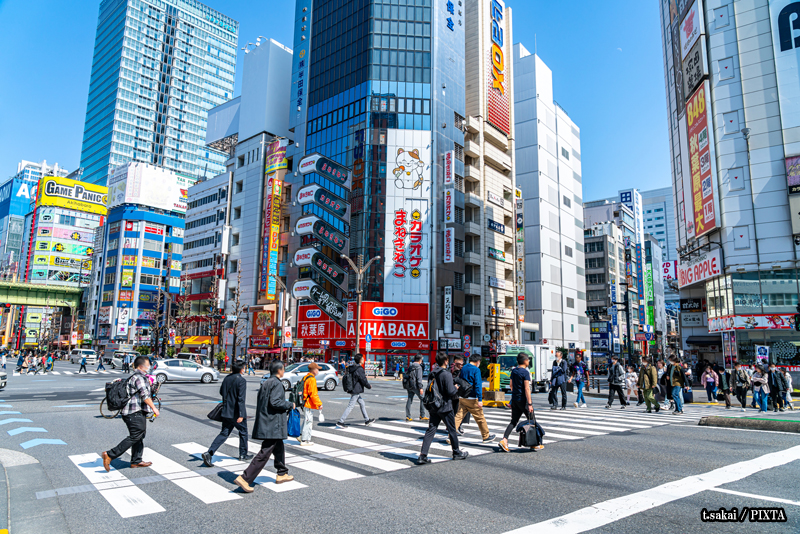
Photo for illustrative purposes
Harajuku
It is an exciting area for those interested in street fashion, unique cafés, and art, while also being home to the peaceful Meiji Shrine, which offers a respite from the hustle and bustle.
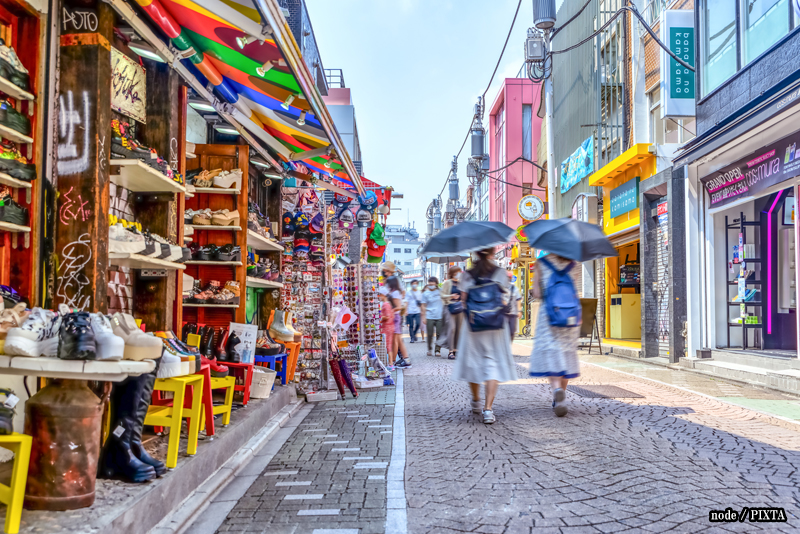
Photo for illustrative purposes
Ueno
Ueno is a vibrant area known for its beautiful park, famous museums, and the Ueno Zoo. It offers a perfect blend of cultural attractions and natural beauty, making it a great spot for both relaxation and exploration.
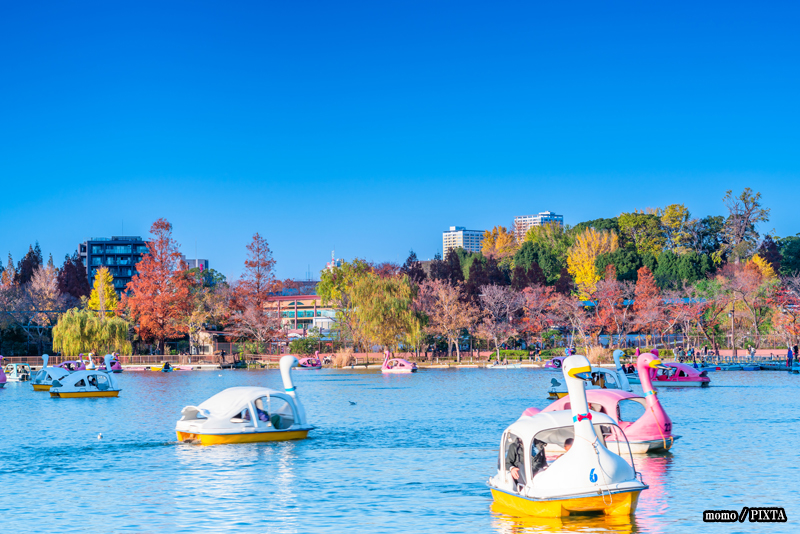
Photo for illustrative purposes
While traveling on the Yamanote Line, you can observe the contrasts between these diverse districts and gain a deeper understanding of Tokyo’s cultural fabric. Thus, riding the train itself is a glimpse into the organized chaos of Tokyo, where millions of people move swiftly and silently, all sharing the same infrastructure.
Final thoughts
The Yamanote Line isn’t just Tokyo’s famous train loop; it’s an essential way to experience the city. Whether you’re commuting, sightseeing, or just exploring Tokyo’s vibrant districts, the line provides a fast, reliable, and simple way to navigate the metropolis. With a reliable schedule, frequent services, various ticket purchase options, and stops at major attractions, it’s an indispensable part of Tokyo’s transit system. Understanding how to use it will save you time, effort, and unnecessary stress during your visit.
Want to explore Tokyo like a local? Let Umami bites guide you through the Yamanote Line, Tokyo’s heart and soul. From the energetic streets of Shibuya to the serene beauty of Ueno Park, we’ll provide you with tips on where to stop, what to see, and how to make the most of your travels along this iconic loop. Get ready to uncover the hidden gems of Tokyo and travel like an insider!
